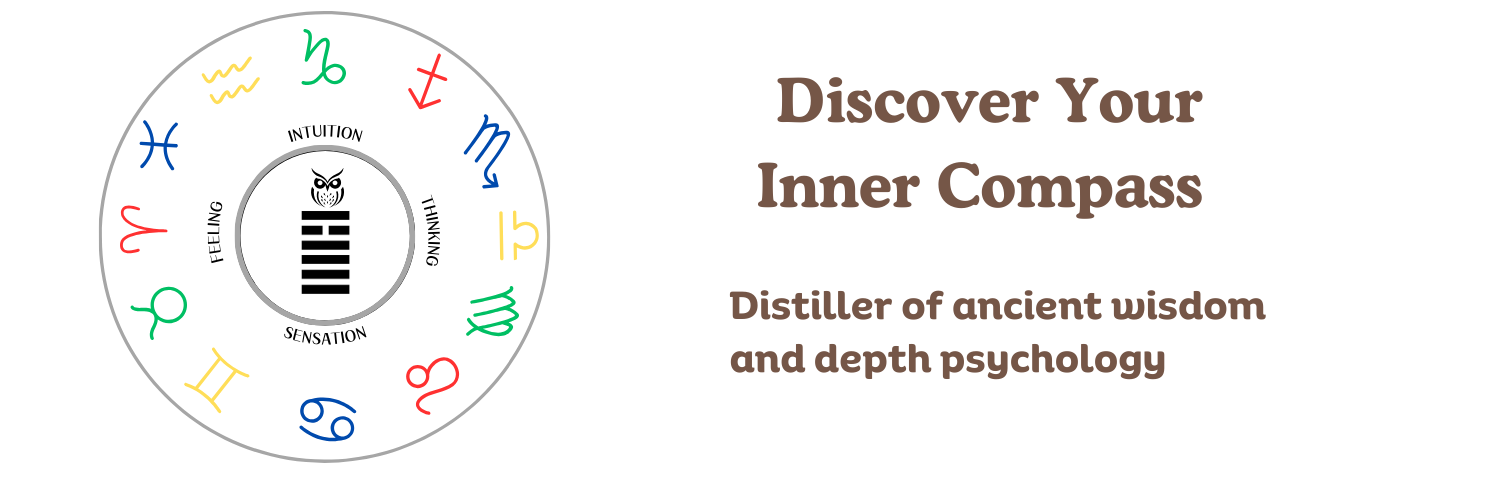Since Myers Briggs started to become popular in the 1980’s, many new offshoots of MBTI started to proliferate once blogging and social media arrived on the scene.
We now find ourselves in the situation where many people interested in type know very little the history of both MBTI and Jung’s typology and often have their own type systems, such as 16Personalities, with an emphasis on personal growth and validation. The emphasis is on infotainment and memes. Many of the ones that are popular YouTube fall into this category, such as Frank James and Objective Personality. Millions of people are interested in type thanks in large part to these people and there is valuable work done here by many individuals.
Then there are the “old guard” Jungians, including many analysts and therapists. They are mainly interested in type in the context of Jung’s ideas and tend to not have a social media or online presence. Their focus is on research and using type with clients. Many are now retired. John Beebe partially falls into this category, but he has done important work in bringing Jungian depth to MBTI, and there are many interviews with him online. These old guard typologists take ethical standards very seriously, such as not using type to evaluate someone’s job performance, and working with the person live and guiding them through a process of discovering their type. Whereas the infotainment variety of typologists is much more casual about, or ignorant of, the ethical standards and are comfortable with, for example, drive-by typing of people in comment threads.
Many, if not most, of the infotainment typology people are unaware of all the decades of serious academic research about typology that was done by the old guard. Dario Nardi talks about this in a recent episode of the Personality Hacker podcast. He said there are thousands of bulletin articles, peer-reviewed research, dissertations, master’s theses, and recorded talks in the MILO database on the Center for Applications of Psychological Type website (links to all of this are below in the Sources). You can search this database for all manner of topics, such as ADHD and type, autism and type, and so on.
Nardi says the 1960’s research about type was done by the Princeton Review and by EDS, the company created the SAT and ACT, and it was done in a professional, statistically rigorous, manner. The statisticians who worked on the current version Form M and previous Form G of MBTI were university faculty in psychology. The 400 page MBTI manual gives a complete description of the theory and methodology.
Ultimately, type is at the level of psyche, and can’t be described only by numbers and statistics. It is not fully amenable to the scientific method. Science alone doesn’t provide meaning, which is where the Jungian depth approach adds value to type. Hopefully in the coming decades we will see a greater integration of the old school typology with the new guard and more improvements in assessments and personality profiles.
Sources:
Dario Nardi interview on episode 363 of Personality Hacker podcast (the title says it is about personality subtypes but almost the entire interview is about the topics in my post)
Center for Applications of Psychological Type
